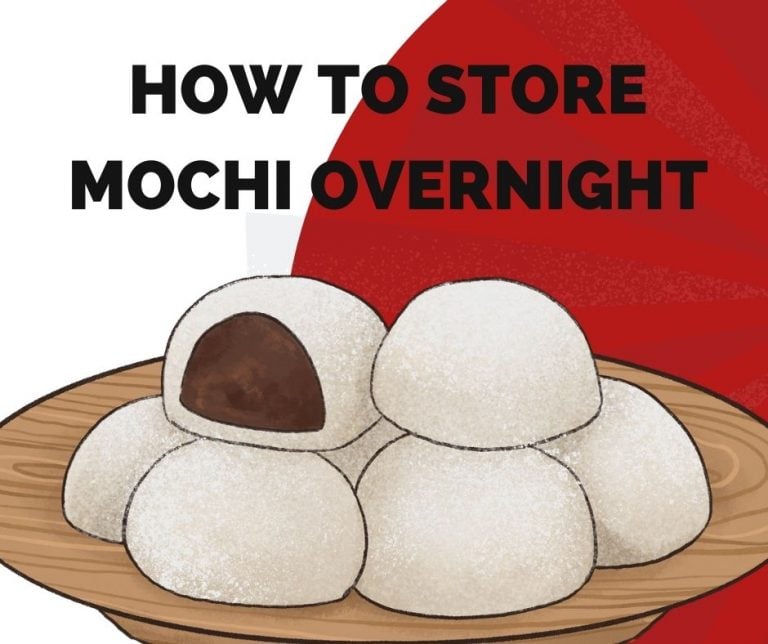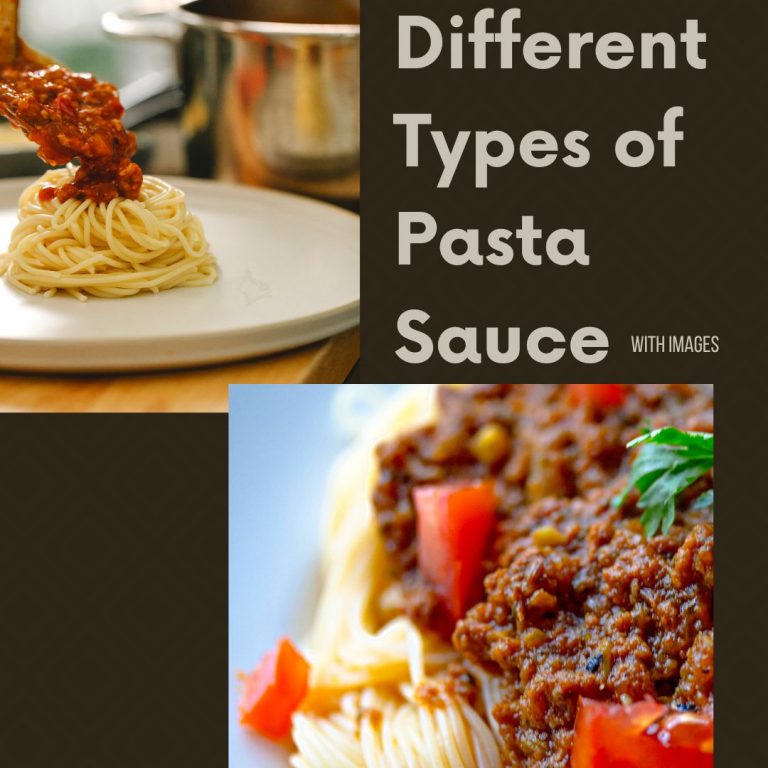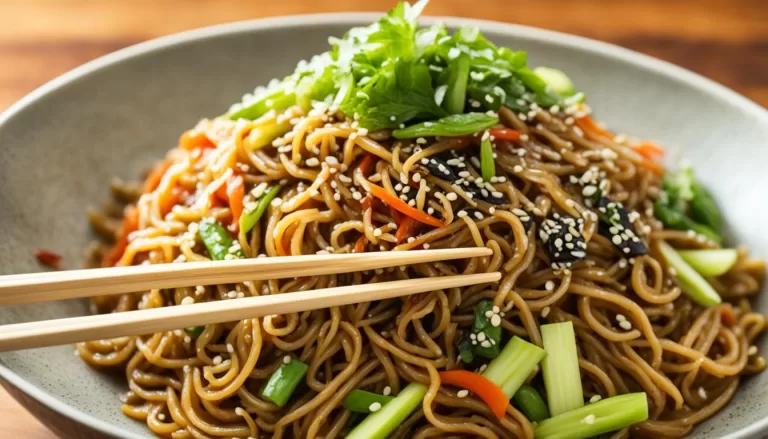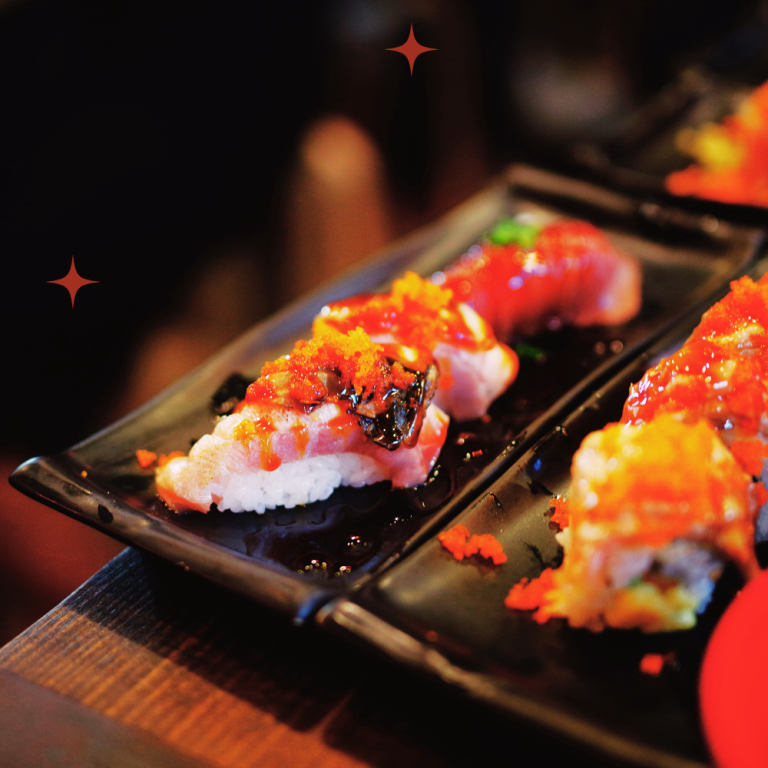How To Make Sukiyaki Sauce

Sukiyaki is a Japanese dish or also called as hot pot meal. It contains thinly sliced beef and vegetables, simmered in hot sugar and soy sauce broth. The hot pot meal is usually cooked on a dining table using a cast iron pot. Basically, all the ingredients are added in a single pot and are cooked together in one pot. Sukiyaki is best served with rice and Sukiyaki sauce. The key features to enjoy Sukiyaki delicious and flavorful is the Sukiyaki Sauce. In today’s post, we are going to talk about Sukiyaki recipe and how to make Sukiyaki sauce for your Sukiyaki hot pot meal.
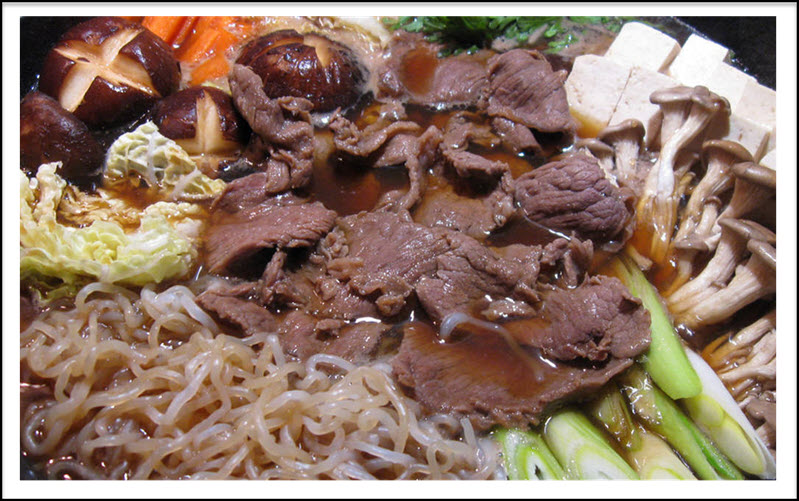
Make Sukiyaki Sauce
There are different varieties of Hot pot meal in Japanese cooking and that includes shabu shabu, Oden and of course Japanese Sukiyaki hot pot. Although the difference between Shabu shabu and Sukiyaki is that with shabu shabu once the ingredients are cooked it is then dipped in a dipping sauce whereas with Sukiyaki the sauce is added to the hot pot meal served with rice. Aside from that, the cooking method between Japanese Sukiyaki and Japanese Shabu shabu is different wherein Sukiyaki is cooked using cast-iron pot while with Shabu Shabu cook pot it is usually cooked in Donabe or Japanese clay pot.
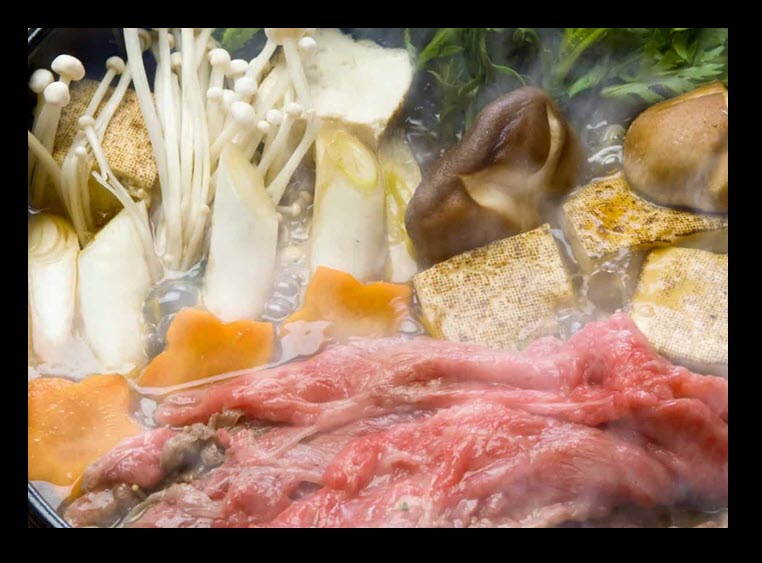
What are the ingredients in Sukiyaki?
Sukiyaki is contains several ingredients such as Napa Cabbage, Enoki mushrooms or Shiitake mushrooms, noodles, fatty beef, Tongho, green leafy vegetables. The ingredients are then cooked in a simmered pot.
Proteins for Sukiyaki includes thinly sliced beef, sliced pork, shrimps, fish balls, gyoza and tofu.Vegetables that are usually added are sliced onions, carrots, Bok choy, Daikon, Lotus root and spinach. and the noodles for Sukiyaki includes Udon, Shirataki noodles or Vermicelli noodles.
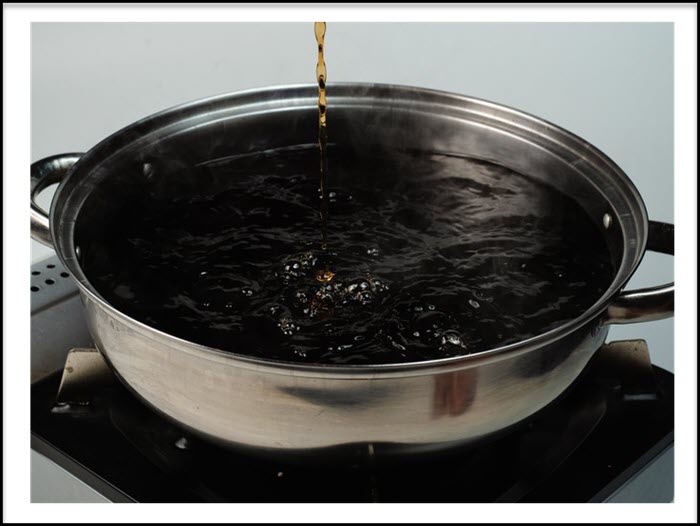
Sukiyaki Broth
There are two types of broth preparations for Sukiyaki: Kanto-style and Kansai-Style. In Kansai Style, the meat is seared and then season it with soy sauce, sugar and sake. Though the meat are usually eaten first before the other ingredients are added to the pot. With Kanto style, the Sukiyaki sauce is made first before all the ingredients are cooked together with the made Sukiyaki sauce.
With Sukiyaki, different variations of vegetables are used but using shiitake mushrooms and bok choy are the traditional ones, though you can also add other vegetables such as spinach.
Difference between Sukiyaki and Teriyaki
Sukiyaki is similar to Teriyaki. The term “Yaki” means in Japanese means grill. With Teriyaki, the grilled meats are added to a sweetened soy sauce while with Sukiyaki the meat and vegetables are cooked in a simmered broth made from sugar and soy sauce.
The sauces used with Sukiyaki and Teriyaki are similar wherein it uses soy sauce and brown sugar.

How To Make Sukiyaki Sauce
As mentioned earlier, Sukiyaki sauce is composed of main ingredients: Sake, Mirin, Brown Sugar and Soy Sauce. Sukiyaki s

Sake
Sake is a Japanese liquor that is made from fermenting the rice. If Sake is not available, you can just use Mirin.
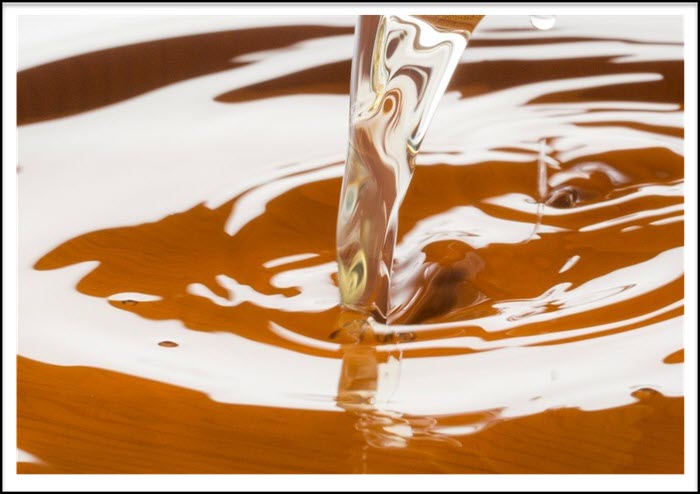
Mirin
Mirin is a Japanese rice cooking wine. The Mirin will create that sourness for the sauce and the same time helps balance the taste that soy sauce provides.
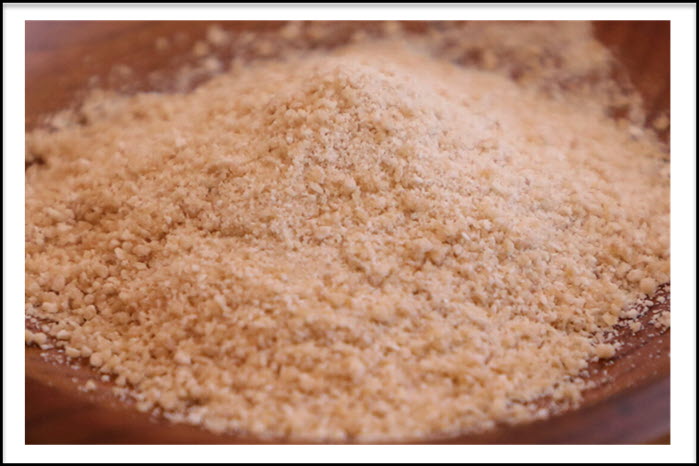
Brown sugar
Brown sugar is used to also balance the sweetness of the sauce.

Soy sauce
Gives that salty and umami flavor for your Sukiyaki sauce.
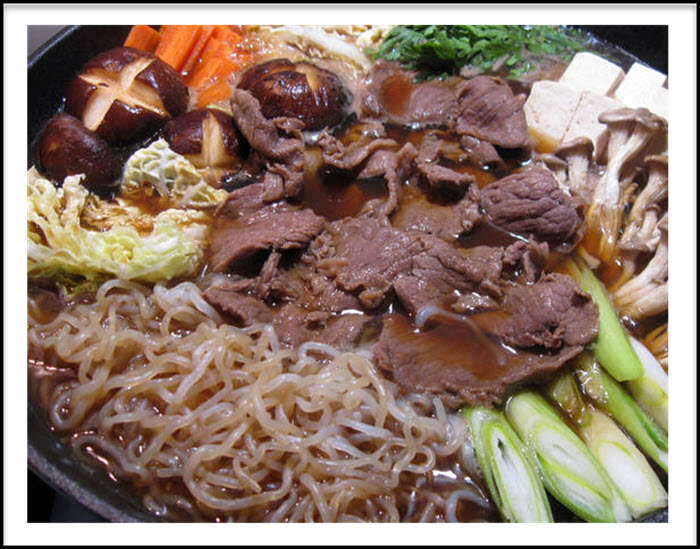
Sukiyaki Sauce Recipe
Ingredients
- 1 cup Sake
- 1 cup Mirin
- 1/4 cup sugar
- 1 cup soy sauce
Directions
- In a small sauce pan, combine Sake, Mirin, Soy sauce and sugar and bring to boil over medium heat.
- Turn off heat and set aside sauce after boiling. Sukiyaki sauce can be stored in an airtight container and be placed in the refrigerator that could last up to 1 month.
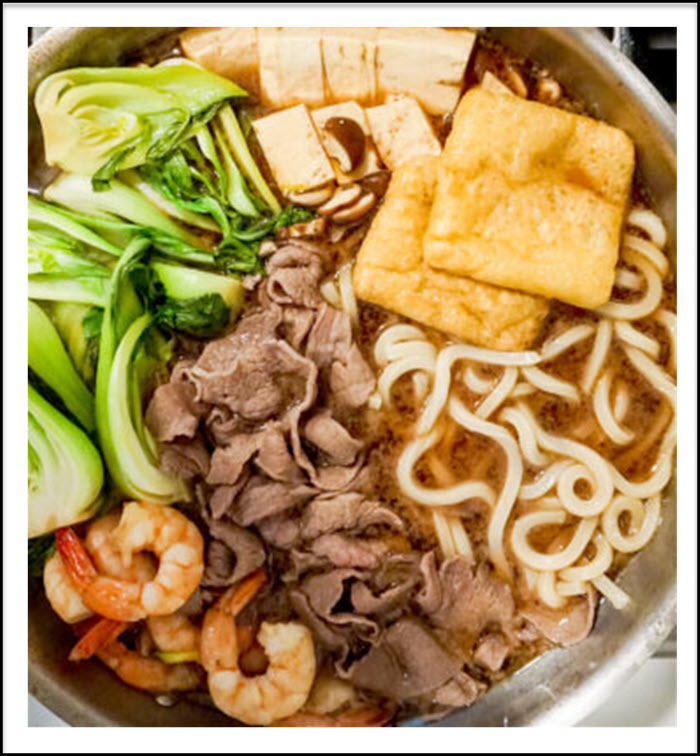
Sukiyaki Recipe
Preparation time: 20 minutes
Cooking Time 10 minutes
Total Time: 30 minutes
Ingredients
- 2 servings Udon noodles
- 1/2 head of Napa cabbage
- 1/2 bunch Tongho (Shungiku)
- 1 Tokyo Negi (Long green onions)
- 200 grams Enoki mushrooms
- 8 shiitake mushrooms
- 255 grams tofu
- 198 grams Shirataki noodles
- 1 pound beef (sliced; chuck or rib eye)
Cooking Ingredients
- 1 Tbsp. oil (vegetable oil or canola oil)
- 1 tbsp. brown sugar
- 1 1 1/2 cup Dashi
Cooking Instructions
To prepare Sukiyaki Ingredients
- If noodles are frozen, blanched them first in boiling water. For dry udon noodles, follow the packaging instructions on how to cook the noodles.
- Cut the Napa Cabbage at least 2 inches wide, then cut it halfway down to its white thick center of the leaves. Cut Shungiku 2 inches white and then diagonally sliced the Tokyo negi. For the Enoku bunch, remove the bottom part and then cut into smaller pieces. Discard the stems of the Shiitake mushrooms. For the tofu, cut into smaller pieces. Slice the carrots and use a vegetable cutter to stamp it for decoration. Wash and drain Shirataki noodles.
- Place all prepared ingredients into a big pot.
To cook Sukiyaki
- Place the portable gas cooktop at the dining table. A small to medium sized bowl should be readily available since it is where the cooked food will be transferred.
- On medium heat, heat up the sukiyaki pot made of cast-iron.
- Add 1 tbsp. of cooking oil to the heated pot.
- Sear at least 2-4 slices of beef then top with 1 tbsp. of brown sugar.
- Flip the other side of the sliced beef then allow to cook. To caramelized the meat, you can sprinkle a small amount of the Sukiyaki sauce made earlier. Make sure not to overcook the ingredients.
For the first batch of Sukiyaki:
- Pour at least 1 1/3 cup of Sukiyaki Sauce and 1 cup of Dashi to the pot.
- Add in vegetables and other ingredients to the pot. Make sure the ingredients are immersed to the broth (about 2/3 halfway). The Sukiyaki ingredients should be added in particular order (longest to shortest cooking time)
- Add more Sukiyaki sauce and Dashi to the pot. Bring to boil.
- Lower down the heat when it starts to boil and allow to simmers while adding more beef at the same time.
- Transfer cooked ingredients to the bowl to enjoy Sukiyaki first batch.
Second batch of Sukiyaki
- To cook more Sukiyaki, you can do so by adding more ingredients to the pot. Make sure there are not leftovers of meat and ingredients from the first batch, if there is you can transfer it to another bowl before making the second round.
- While waiting for the second batch of Sukiyaki, you can simply enjoy eating the remaining first batch of Sukiyaki. Then repeat the same steps as the first batch when serving.
- If there are still uncooked vegetables, continue to cook another batch of Sukiyaki still doing the same steps.
- Ending a Sukiyaki meal is usually with Udon noodles. You can add Udon noodles to the pot when all the ingredients are already consumed.
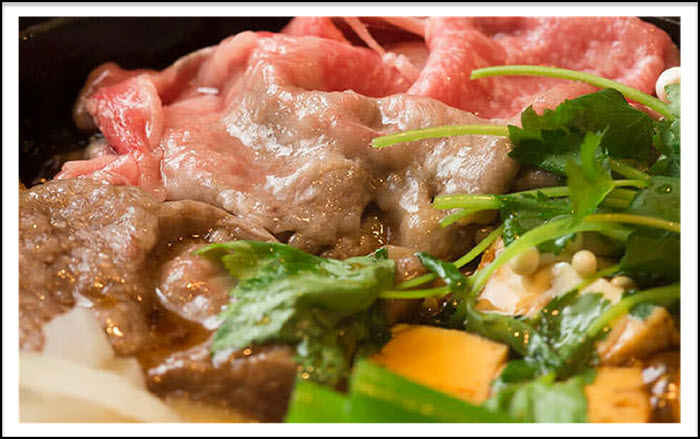
How to Store Leftovers
If there are leftovers from Sukiyaki, you can place them in an airtight container and store it in the refrigerator and it will lasts of up to 3 days or for a month when placed in the freezer.
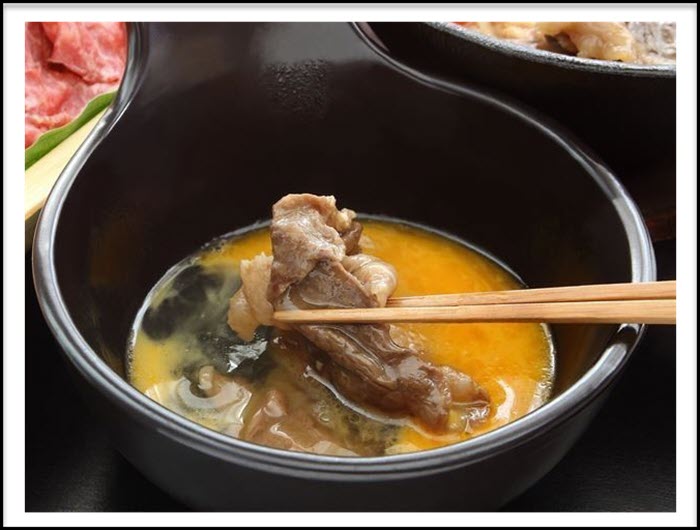
Adding Eggs to the Japanese dish
With Sukiyaki Hot pot meal, an egg is usually prepared at the table for each person. Adding the raw eggs to the bowl. Cooked ingredients will be dipped to the beaten raw egg. Since Sukiyaki broth is a little bit salty and savory, it will become mild and sweet once it will be dipped in the beaten raw egg.
Alternative Sukiyaki Sauce Ingredients:
If at some point some of the ingredients for making Sukiyaki Sauce is not available, here is a lists of some of the alternatives to use incase you can’t find the main ingredients used:
Sake
If Sake is not available, you can use dry sherry or dry white wine instead. Or you can increase the Mirin ingredient. But if you do not want to add alcohol to the hot pot meal, an unflavored rice vinegar will be used as a substitute.
Mirin
If Mirin is not available, you can use the alternatives for sake mentioned above. or otherwise increase the amount of Sake.
Brown Sugar
The sugar is used to add to the sweetness of the hot pot, when not available you can alternatively use honey or granulated sugar instead.
Soy Sauce
There are so many choices for soy sauce alternatives and that includes Gluten Free Soy sauce, or Tamari.
Conclusion
With the Sukiyaki recipes and how to make Sukiyaki sauce recipes, you can now enjoy eating the delicious Japanese hot pot meal Sukiyaki at the comfort of home either for lunch or dinner party.
